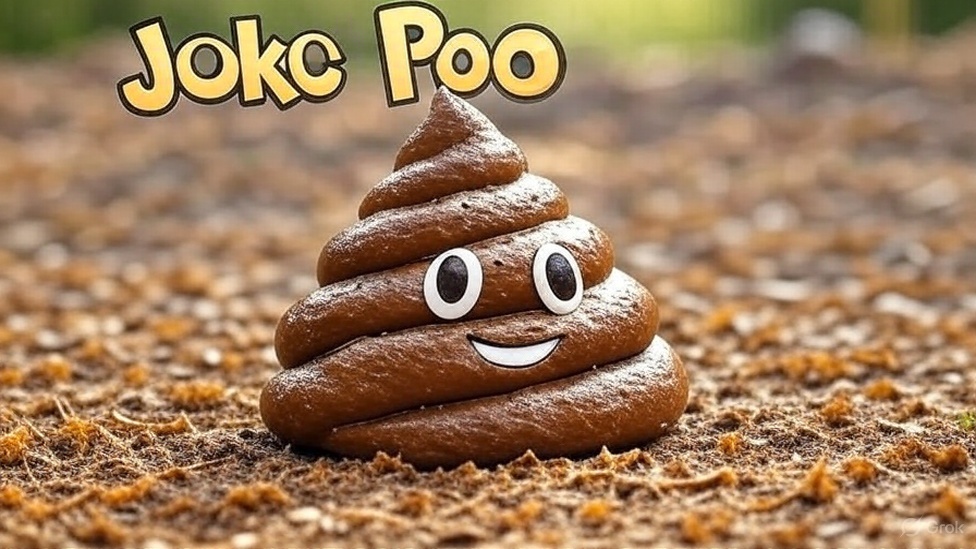I gave him a short concise answer on how you eat, and the food goes down into your tummy where the good stuff gets taken out of it to fuel your body, then what's left passes down to a long tube called intestines where it is mixed with nasty stuff, all which comes out of your bum when you go to the toilet.
He looked at me in horror and said "What about tigger?"
Joke Poo: When My Laptop Died
When my daughter was about 5, she asked me where electricity came from.
I gave her a short concise answer about how power plants generate it by burning fuel, or using water or wind, and then it travels through wires all the way to our house where it powers everything.
She looked at me in horror and said, “What about the mouse?!”
Alright, let’s analyze this joke!
Joke Breakdown:
- Setup: A father explains the process of digestion to his young son in simplified terms. The explanation highlights the extraction of nutrients and the elimination of waste.
- Punchline: The son’s horrified reaction and question, “What about Tigger?” imply that he believes his toy tiger is being digested along with his food.
- Humor Type: Childlike logic/misunderstanding and implied cannibalism (of a toy). The humor comes from the unexpected leap the child makes in his reasoning, applying the general explanation to a very specific and inappropriate scenario.
- Key Elements: Digestion, childlike innocence, toys (specifically Tigger), fear/horror.
Now, let’s use these elements to create some new humor:
1. New Joke (Playing on the Digestion Element):
Why did the nutritionist break up with the fast-food restaurant?
Because he realized their relationship was just a one-way digestive tract. He was giving, and they were just passing it all through!
2. Witty Observation (Related to Tigger):
Winnie the Pooh is basically an allegory for the digestive system: Pooh is the eternally hungry stomach, Piglet represents essential vitamins (small but vital), Eeyore is the constant feeling of bloat, and Tigger? Well, Tigger is the thing you ate last week that’s still giving you trouble.
3. Amusing “Did You Know” (Focusing on Childlike Logic):
Did you know that kids often have a hard time distinguishing between the abstract idea of “food providing energy” and the more concrete idea that things disappear into their stomachs? This is why asking a child if they “ate” their imaginary friend might yield some surprisingly anxious responses. They think they may have actually consumed him. It’s the digestive version of “vanishing point”!
4. Alternate joke using the elements:
My daughter asked me where poop came from, so I gave her the whole spiel about the digestive system. She pondered for a moment, then grabbed her stuffed unicorn and said, “So… Sparkles is fertilizer now?” I may have oversimplified it.
Explanation of Creative Choices:
- The New Joke: This uses the “digestion” concept but applies it to a romantic relationship. It’s unexpected and slightly absurd.
- Witty Observation: This connects the Winnie the Pooh characters to different aspects of digestion, adding a layer of satirical humor. It’s something adults might find amusing, particularly if they have any interest in children’s literature.
- Amusing “Did You Know”: This leans into the psychological element of how children process information. It’s funny because it highlights the gap between adult logic and a child’s often literal interpretations.
- Alternate joke: This new joke is funny because it takes the same setup but changes the punchline to something a little more absurd than the original joke. The fact that it is now fertilizer adds an additional layer of humor.
The goal is to take the original joke’s core elements and then play with them in new and unexpected ways, ideally generating humor from the unexpected connections.


